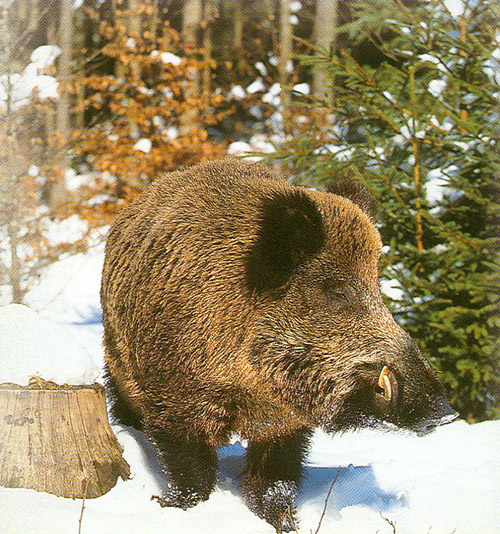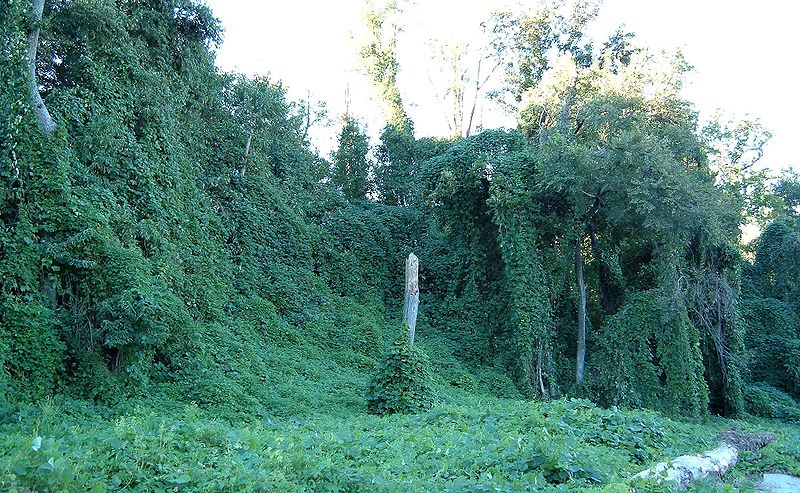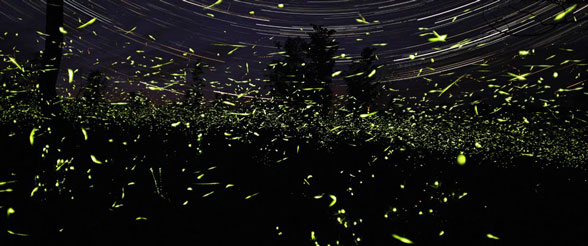The hillsides, valleys and peaks of the Smoky Mountains are covered with color in the late spring and early summer. As you drive across the mountains on Newfound Gap Road you will notice that the brilliant swatches of white and pink seem to be almost endless. The main source of these colors are the vast quantities of rhododendrons that cover the landscape.
 The Rhododendron in the Smoky Mountains fall to two types: Rosebay and Catawba. Certainly there are several forms of Azalea that fall into the same category but that is for another discussion. The Rosebay rhododendron is the source for the whitish flashes of color that you find in the lower elevations of the park, up to about 5,000 feet. The Catawba rhododendron is the source of the pinkish swatches of color that cover the high elevations. Throughout most of the year, both types of rhododendrons are dark green with oily looking leaves. Rhododendrons don’t like lots of sun and tend to be in the shady areas of the park and along the streams and creeks. All of a sudden in late June and early July, the buds on these plants burst forth and there is color everywhere. People flock to the Smokies at these times to take in the color and to photograph these majestic plants.
The Rhododendron in the Smoky Mountains fall to two types: Rosebay and Catawba. Certainly there are several forms of Azalea that fall into the same category but that is for another discussion. The Rosebay rhododendron is the source for the whitish flashes of color that you find in the lower elevations of the park, up to about 5,000 feet. The Catawba rhododendron is the source of the pinkish swatches of color that cover the high elevations. Throughout most of the year, both types of rhododendrons are dark green with oily looking leaves. Rhododendrons don’t like lots of sun and tend to be in the shady areas of the park and along the streams and creeks. All of a sudden in late June and early July, the buds on these plants burst forth and there is color everywhere. People flock to the Smokies at these times to take in the color and to photograph these majestic plants.
Where can you see the rhododendrons the best:
- Roan Mountain – This is by far the best place to see lots of Catawba rhododendrons. There is a rhododendron garden at the top of Roan Mountain that comes alive when the Catawbas are blooming. You walk through a sea of pink that seems to stretch from one side of the horizon to the other.
- Newfound Gap Road – As you travel along Newfound Gap Road from Sugarlands to Oconaluftee (or vice-versa) you will watch the rhododendrons change from white to pink to white as you start up the mountain and then come back down.
One thing to remember about rhododendrons is that each bush does not bloom every year. So a clump that you were particularly taken with last year may not bloom at all this year. Search out clumps of them in the park and take some pictures, use them as a backdrop for your family portraits or maybe even plop down and have a picnic at the side of a stream near a rhododendron in full bloom. Let the whites and the pinks roll over you. Get set for summer with the rhododendrons in bloom.
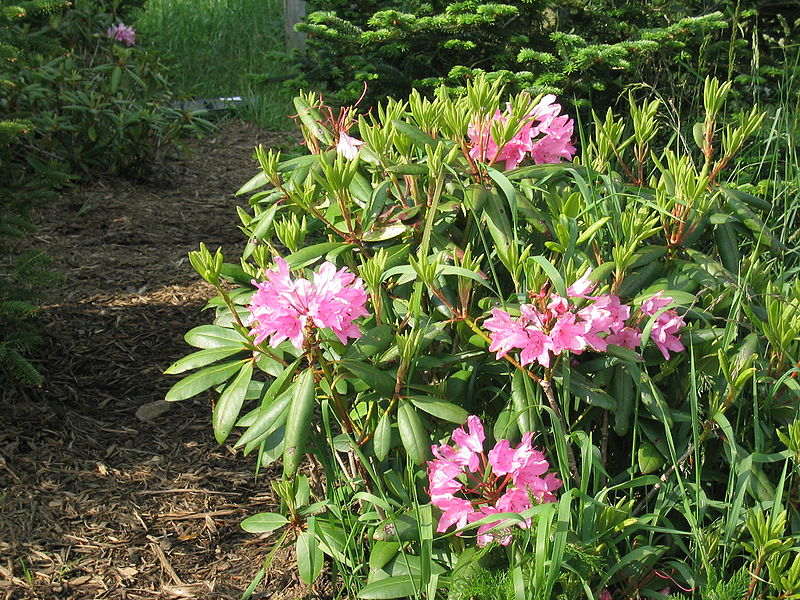
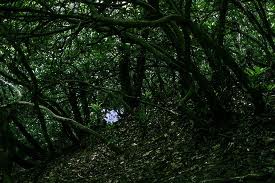

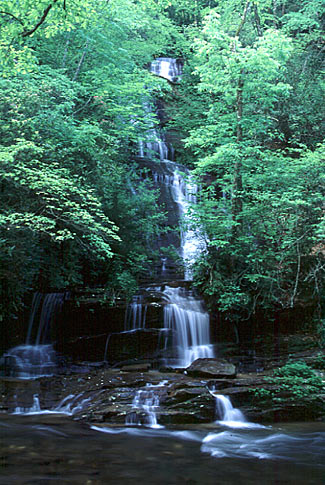
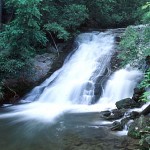
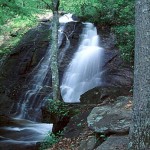
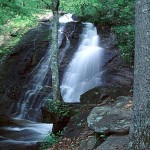
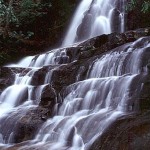
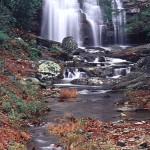
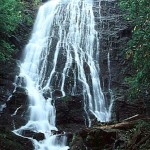
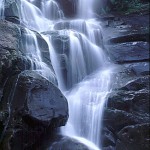
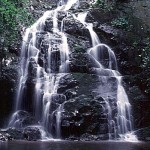
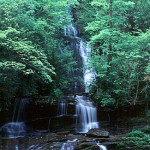
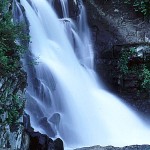
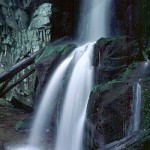
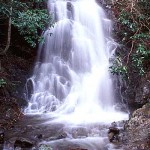
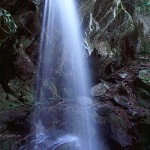
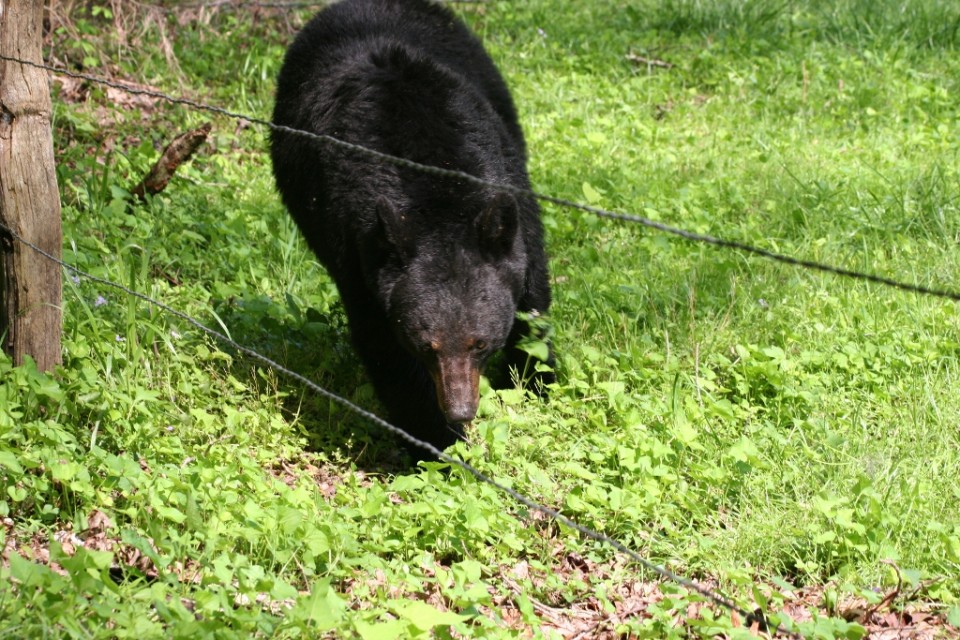




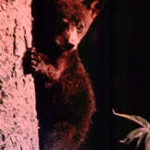
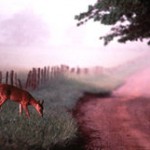
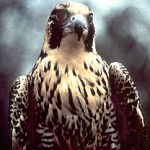
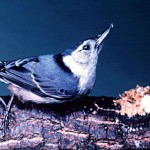
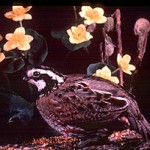
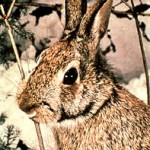
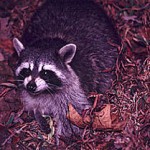
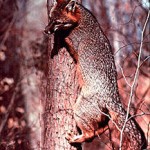
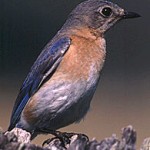
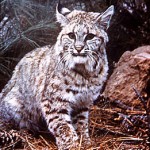
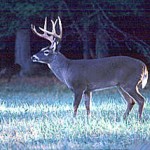
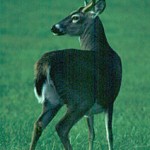
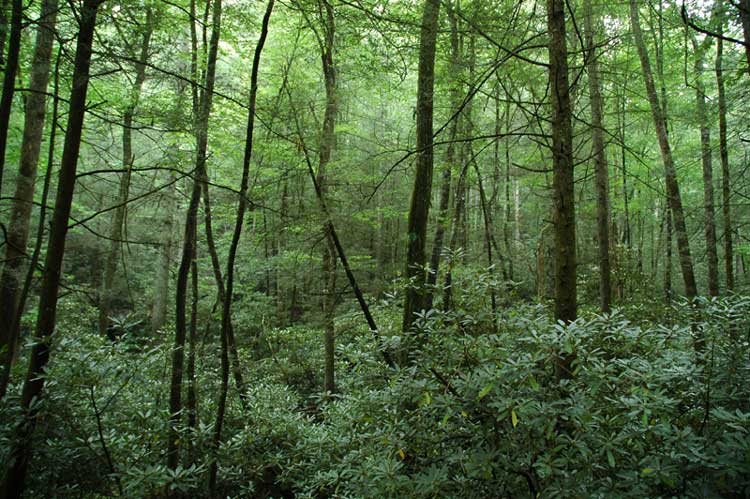

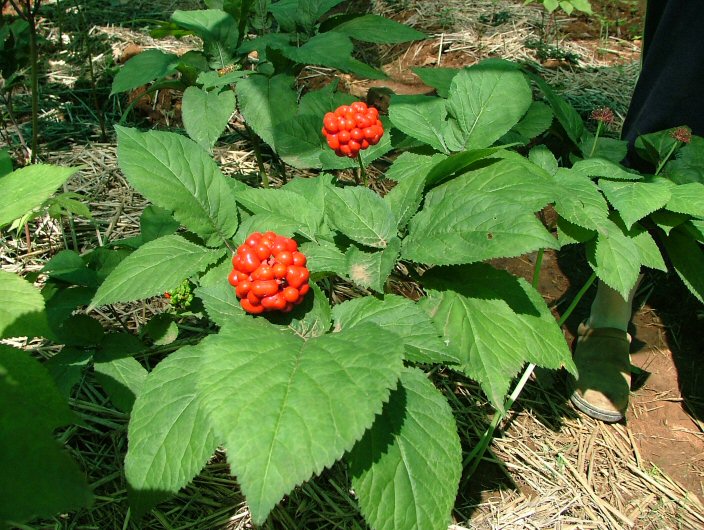
 It is funny the
It is funny the 